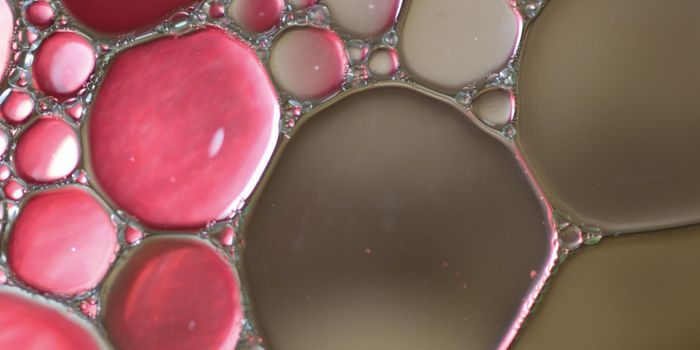Genetics & Genomics
Welcome back old friend
MAR 23, 2015 5:40 PM PDT
Share
What it means to be human. We might need a broader definition.
 Writing in the 12 March 2015 issue of Science, Sarah C. P. Williams points out in her article titled, "Humans may harbor more than 100 genes from other organisms," that some parts of our DNA may have some very humble origins. Her article appears below.
Writing in the 12 March 2015 issue of Science, Sarah C. P. Williams points out in her article titled, "Humans may harbor more than 100 genes from other organisms," that some parts of our DNA may have some very humble origins. Her article appears below.You're not completely human, at least when it comes to the genetic material inside your cells. You-and everyone else-may harbor as many as 145 genes that have jumped from bacteria, other single-celled organisms, and viruses and made themselves at home in the human genome. That's the conclusion of a new study, which provides some of the broadest evidence yet that, throughout evolutionary history, genes from other branches of life have become part of animal cells.
"This means that the tree of life isn't the stereotypical tree with perfectly branching lineages," says biologist Alastair Crisp of the University of Cambridge in the United Kingdom, an author of the new paper. "In reality, it's more like one of those Amazonian strangler figs where the roots are all tangled and crossing back across each other."
Scientists knew that horizontal gene transfer-the movement of genetic information between organisms other than parent-to-offspring inheritance-is commonplace in bacteria and simple eukaryotes. The process lets the organisms quickly share an antibiotic-resistance set of genes to adapt to an antibiotic, for instance. But whether genes have been horizontally transferred into higher organisms-like primates-has been disputed. Like in bacteria, it's been proposed that animal cells could integrate foreign genetic material that's introduced as small fragments of DNA or carried into cells by viruses. But proving that a bit of DNA in the human genome originally came from another organism is tricky.
Crisp and his colleagues analyzed the genome sequences of 40 different animal species, ranging from fruit flies and roundworms to zebrafish, gorillas, and humans. For each gene in the genomes, the scientists searched existing databases to find close matches-both among other animals and among nonanimals, including plants, fungi, bacteria, and viruses. When an animal's gene more closely matched a gene from a nonanimal than any other animals, the researchers took a closer look, using computational methods to determine whether the initial database search had missed something.
In all, the researchers pinpointed hundreds of genes that appeared to have been transferred from bacteria, archaea, fungi, other microorganisms, and plants to animals, they report online today in Genome Biology. In the case of humans, they found 145 genes that seemed to have jumped from simpler organisms, including 17 that had been reported in the past as possible horizontal gene transfers.
"I think what this shows it that horizontal gene transfer is not just confined to microorganisms but has played a role in the evolution of many animals," Crisp says, "perhaps even all animals.
The paper doesn't give any hints as to how the genes-which now play established roles in metabolism, immune responses, and basic biochemistry-may have been transferred or the exact timeline of the jumps, he says. That will take more work.
The findings are critical to understanding evolution, says Hank Seifert, a molecular biologist at the Northwestern University Feinberg School of Medicine in Chicago, Illinois. "This is a very well-done paper. They used all the latest data they could find, all the genomes in the databases," he says. "It makes it clearer than ever that there has been a history, throughout evolution, of gene transfer between organisms."
But not all agree that the new evidence is indisputable. "I see little here that is particularly convincing evidence for horizontal gene transfer," says microbiologist Jonathan Eisen of the University of California, Davis. He doesn't rule out that horizontal gene transfer between bacteria and animals is possible, but says that there are other explanations for the identified genes being present in only some branches of the evolutionary tree-a gene that existed in a far-off ancestor could have simply been lost in many relatives other than two seemingly unrelated species, for instance. "It is up to [the researchers] to exclude other, more plausible alternatives, and I just do not think they have done that."
You May Also Like
Loading Comments...








